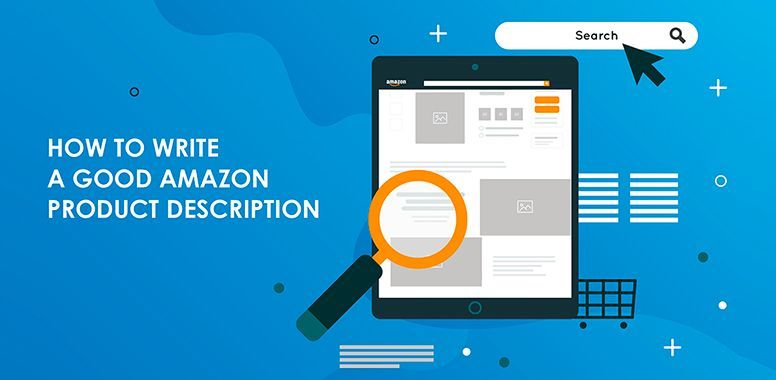The Hidden Costs of Overstocking: How to Avoid Amazon Storage Fee Traps
Success on Amazon isn’t just about making sales — it’s about making profitable sales. And one of the silent killers of profitability for many FBA sellers is overstocking. At first, it seems harmless: you want to stay in stock, so you send extra inventory to Amazon. But what feels like a safe move often comes back as a costly surprise in the form of monthly storage fees, aged inventory penalties, and reduced cash flow.
If you’ve ever been shocked by Amazon’s storage charges or struggled to move old units, you’re not alone. Let’s break down why overstocking is so dangerous, how Amazon’s fee structure really works, and what you can do to avoid falling into this common trap.
Why Overstocking Hurts More Than You Think
- Monthly Storage Fees Add Up
Amazon charges you every single month for the cubic feet your products take up in their fulfillment centers. These fees are higher during Q4 (October–December), when space is at a premium. That “just in case” inventory? It’s silently draining your margins. - Aged Inventory Penalties
After 181 days, and especially after 365 days, Amazon slaps you with aged inventory surcharges. The longer products sit unsold, the higher the penalties climb. Suddenly, those “extra units” are costing more than they’re worth. - Reduced Cash Flow
Money tied up in overstock is money you can’t use for ads, product launches, or new opportunities. Instead of fueling growth, your capital is trapped in boxes gathering dust in a warehouse. - Lower Inventory Performance Index (IPI)
Overstock can drag down your IPI score, limiting your future FBA storage capacity. Once your limits are reduced, restocking becomes even harder — a vicious cycle that can cripple sales during peak demand.
Amazon’s Storage Fee Breakdown
To understand the real cost, here’s a quick overview of Amazon’s structure:
- Monthly Inventory Storage Fees: Charged per cubic foot, with higher Q4 rates.
- Aged Inventory Surcharges: Triggered after 181 and 365 days.
- Overage Fees: If you exceed your storage limits, Amazon charges hefty penalties.
What looks like “free space” is anything but. Amazon monetizes every inch of its warehouses — and if you mismanage stock, you’ll pay for it.
How to Avoid the Overstocking Trap
1. Forecast Smarter
Use historical sales data, seasonal trends, and demand forecasting tools to calculate how much inventory you really need. Avoid “gut feeling” restocks.
2. Monitor Sell-Through Rate
Amazon tracks your sell-through ratio closely. Aim to keep products moving within 90 days. If velocity slows, adjust your restocking strategy immediately.
3. Create Removal or Disposal Orders
If products aren’t moving, cut your losses early. Sometimes it’s cheaper to remove or liquidate than to keep paying storage fees.
4. Leverage FBM or 3PL Warehousing
Keep backup stock outside of Amazon using third-party logistics providers. Only drip-feed inventory into FBA when needed.
5. Use Amazon’s Tools
Pay attention to Amazon’s Restock Inventory Report and Storage Recommendations, but don’t rely on them blindly. Layer in your own insights to make smarter decisions.
A Better Mindset: Lean Inventory
Think of FBA like prime real estate. The less wasted space, the higher your profits. Instead of stuffing warehouses with excess units, focus on:
- Keeping your stock lean and agile
- Replenishing frequently based on real-time demand
- Treating storage space as a cost, not a cushion
When you shift your mindset from “safety stock” to strategic stock, you’ll protect your margins and free up capital to grow your business.
Final Thoughts
Overstocking might feel like protection against stockouts, but on Amazon, it’s a costly mistake that erodes profit margins and damages long-term growth. Sellers who master inventory efficiency — forecasting demand, monitoring velocity, and using smart storage strategies — will always outperform those drowning in excess units.
The bottom line? Amazon wants products that move, not products that sit. Keep your inventory lean, your cash flow strong, and your strategy focused — and you’ll avoid the trap that catches so many FBA sellers.


